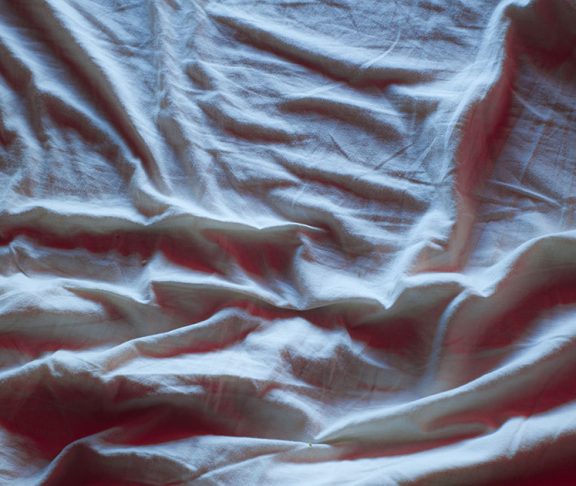Dust mites are nothing to sneeze at. Well, actually, they are — and that’s the problem. The microscopic spiders are among the most common triggers of year-round allergies and asthma, and can make life miserable for countless sufferers. But you don’t have to take this annoyance lying down if you know what you’re up against.
Feeling the effects
House dust mites are typically found in mattresses, where they feast on flakes of discarded human skin. Allergy symptoms include runny nose; itchy, red or watery eyes; postnasal drip; stuffy nose; and itchy mouth or throat.
Asthma-related symptoms range from difficulty breathing and chest tightness to a whistling sound when letting out a breath. Trouble sleeping caused by shortness of breath is another indicator.
Causing unrest
These tiny invaders live in bedrooms more than any other section of the house. Dust mite excrement totals two pounds every two years in pillows.
The nonprofit Asthma and Allergy Foundation of America stresses the importance of going beyond basic cleaning to fight these pests which thrive in dark, damp environments with a continual food source.
Preparing all bedding
To prevent dust mites, protect mattresses and pillows using zippered dust-proof covers. The covers are manufactured so the pores are too small to allow dust mites and their waste to penetrate. Plastic or vinyl covers are the cheapest, but they can be uncomfortable. You can purchase other fabric allergen-impermeable covers from traditional bedding stores.
Avoid down-filled covers and pillows, and consider investing in hypoallergenic bedding. Memory foam pillows, for example, resist dust mites and mold. Consider investing in hypoallergenic bedding as well as hypoallergenic cleaning products. Bedding should be washed weekly in hot water (130 degrees Fahrenheit), placed in a hot dryer and vacuumed regularly.
Taking it seriously
Children and the elderly are particularly vulnerable to dust mites. The American Academy of Allergy, Asthma & Immunology (AAAAI), a professional organization of allergist, immunologists, medical specialists and allied health and related healthcare professionals, says reducing mite levels in the bedroom is critical because of the amount of time spent sleeping or lounging each day.
Using hypoallergenic bedding and washing with hypoallergenic cleaning products helps to eliminate these pervasive respiratory allergies. AAAAI recommends using a dehumidifier or air conditioning to keep humidity low. Wall-to-wall carpeting should also be removed if you’re determined to send these pesky creatures packing.

